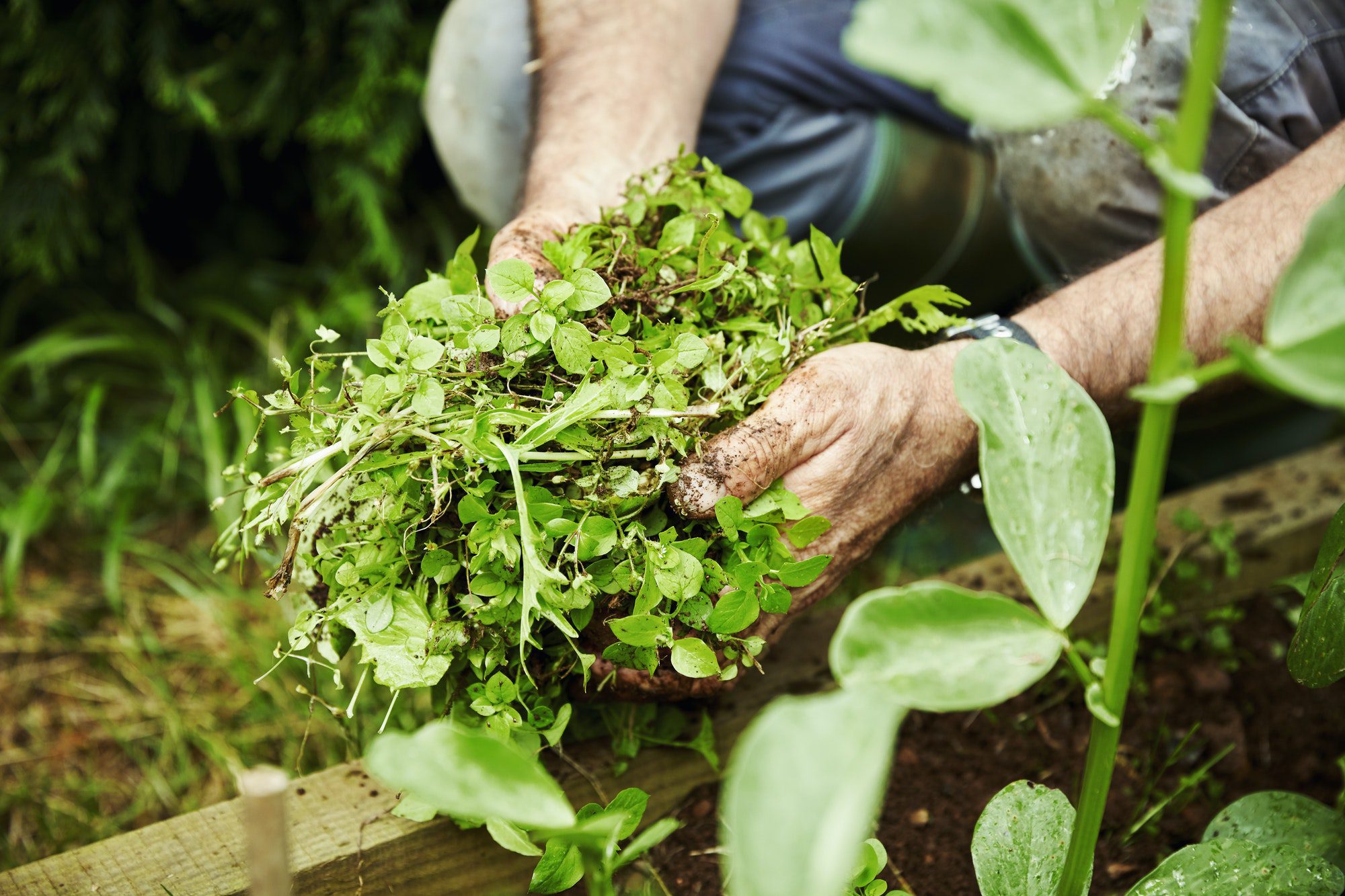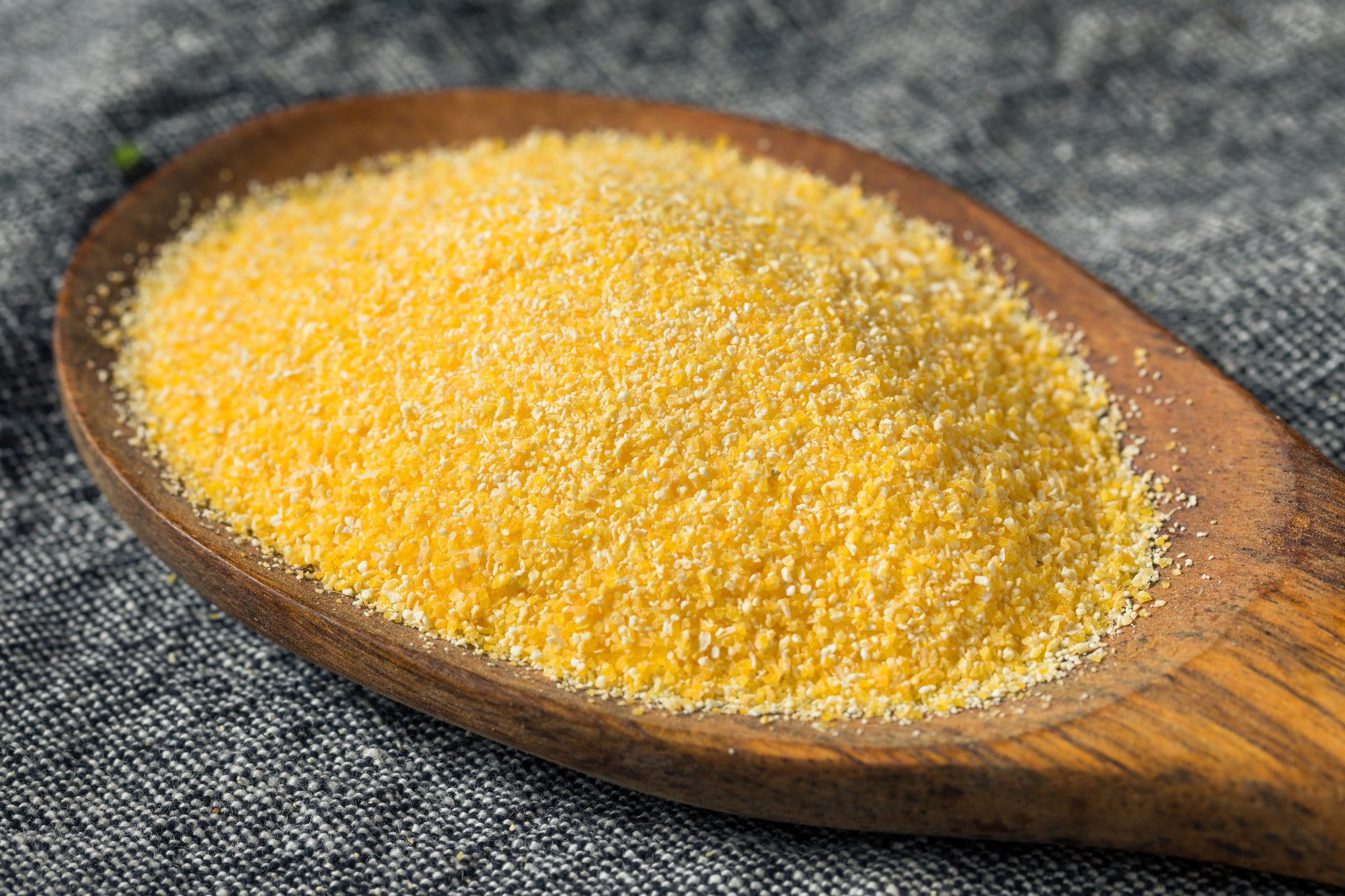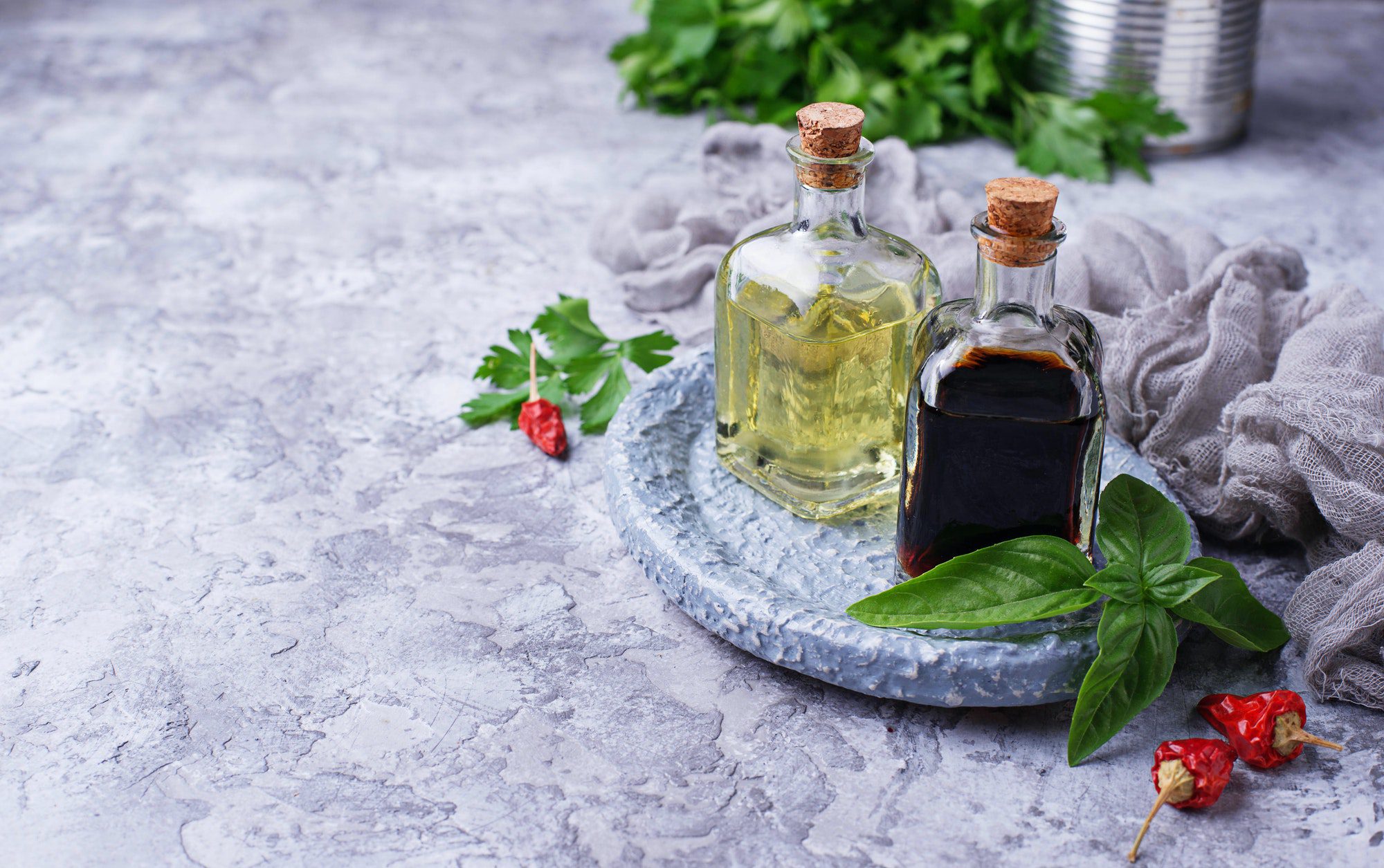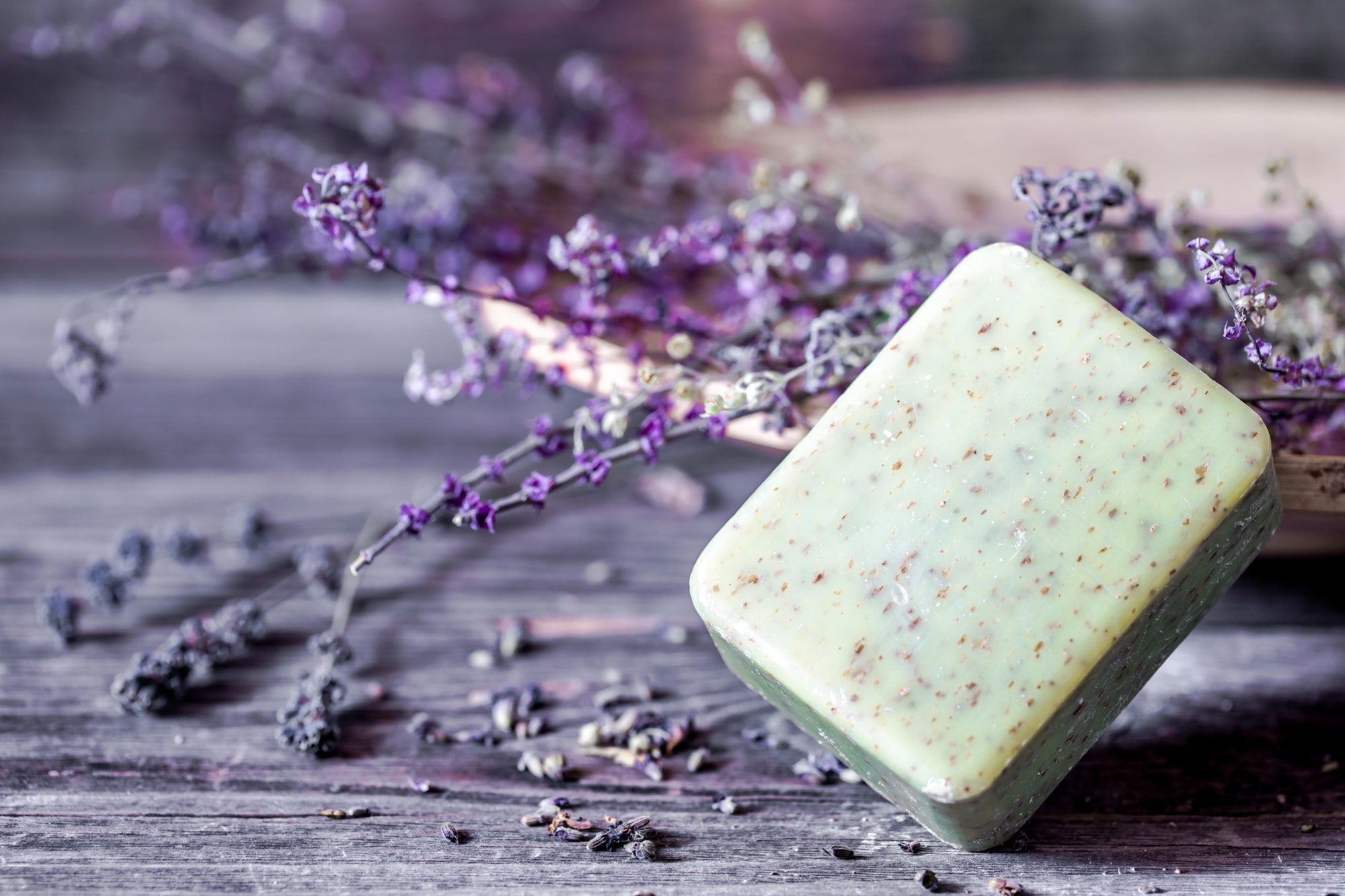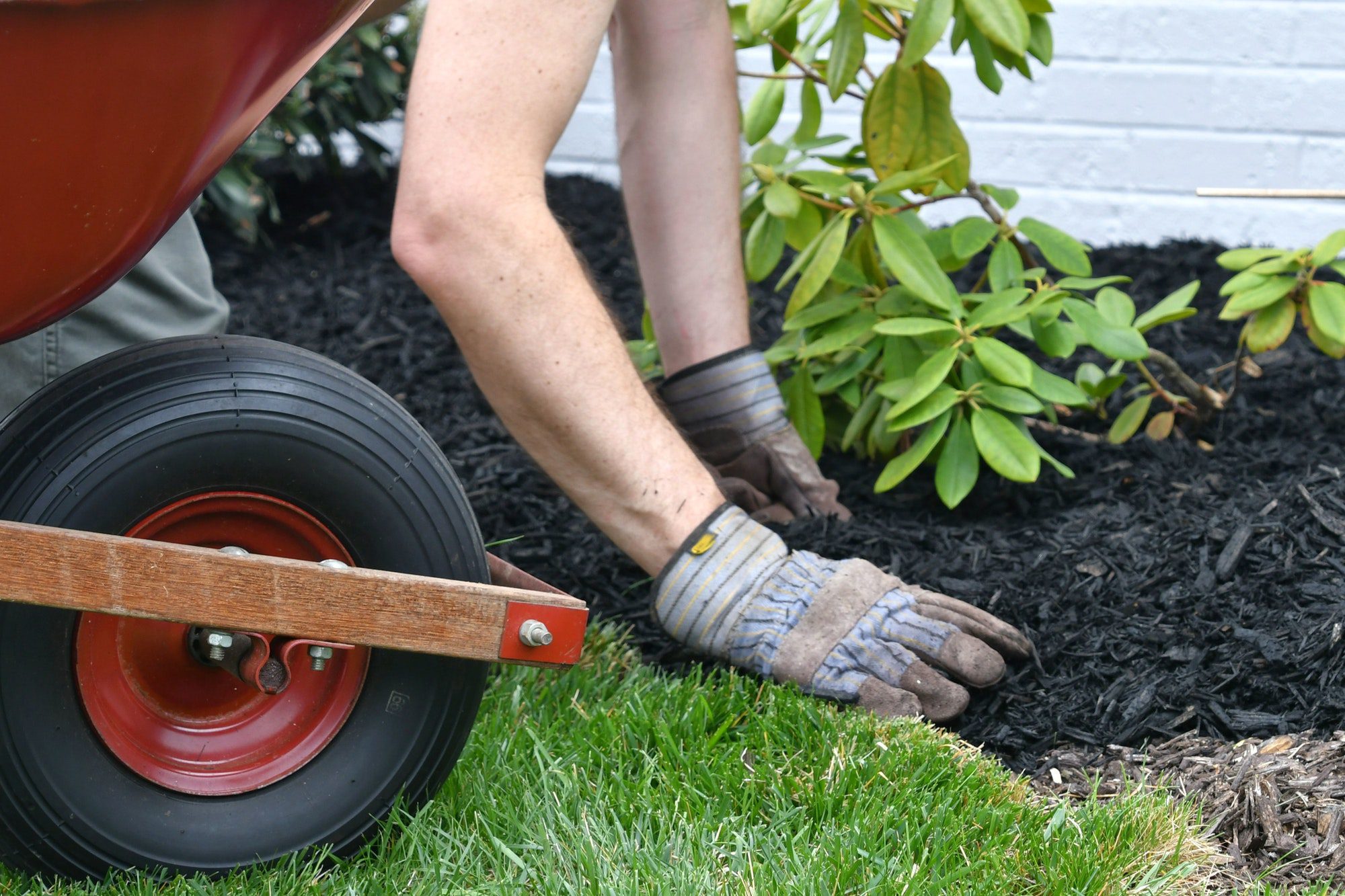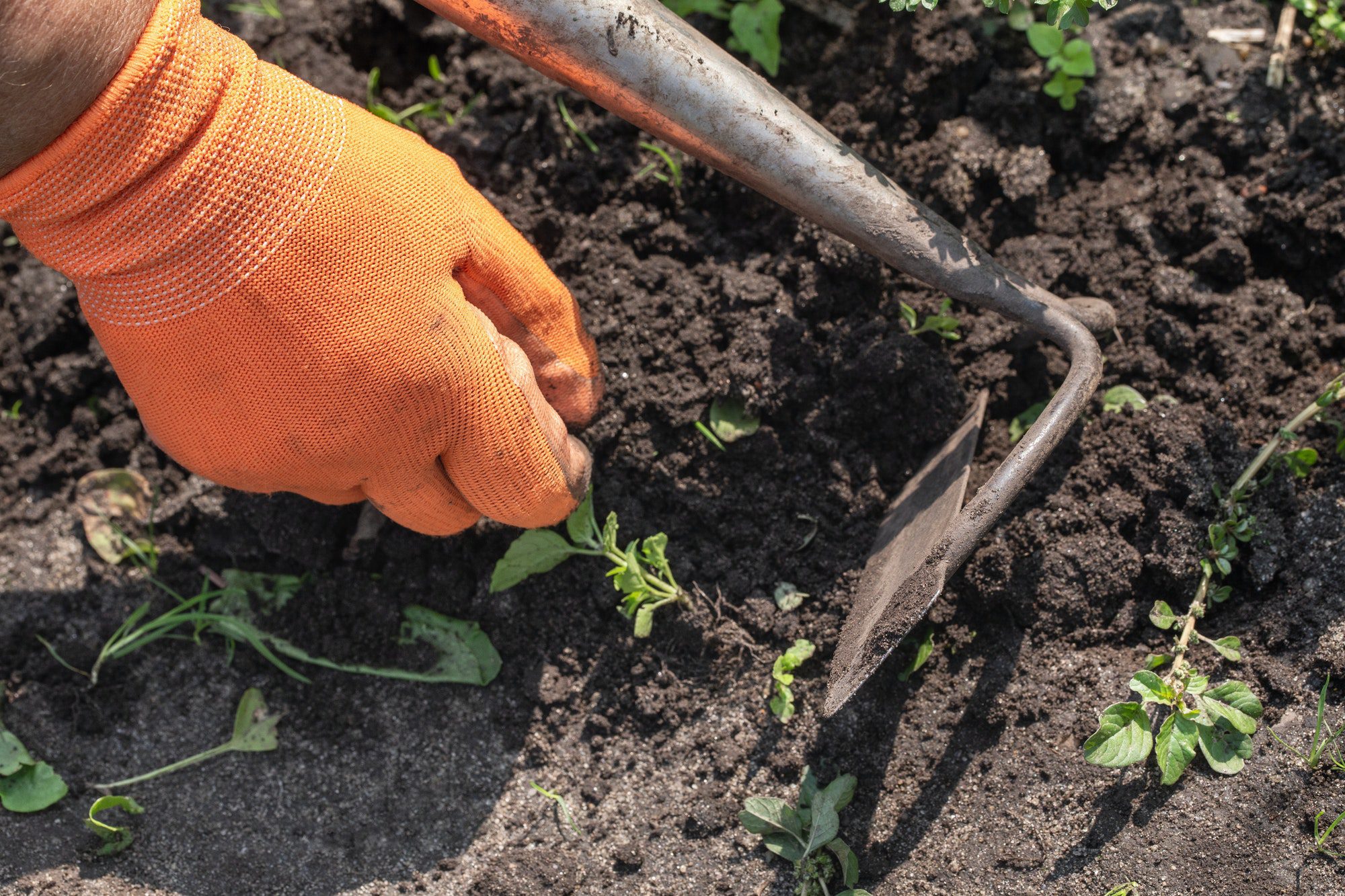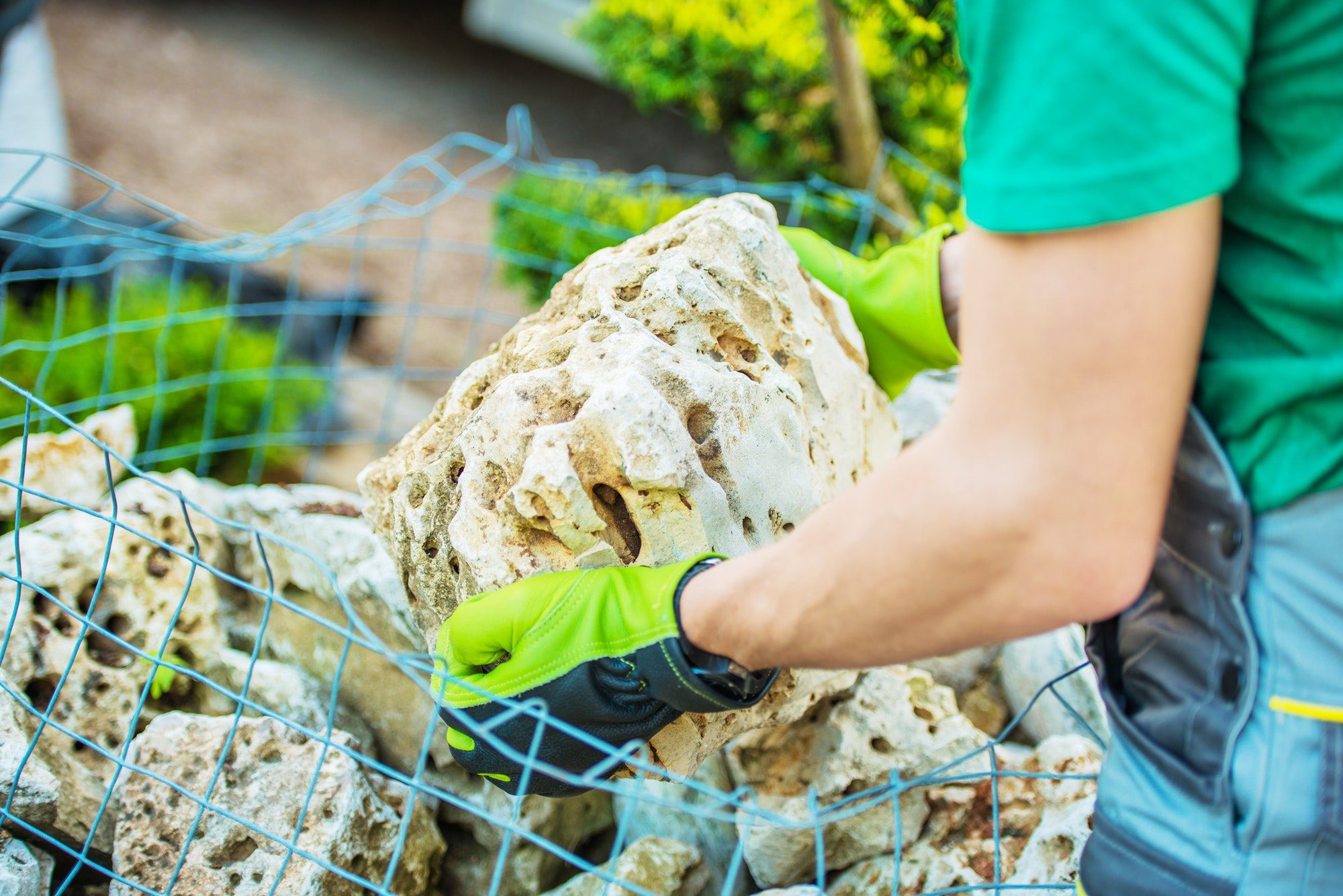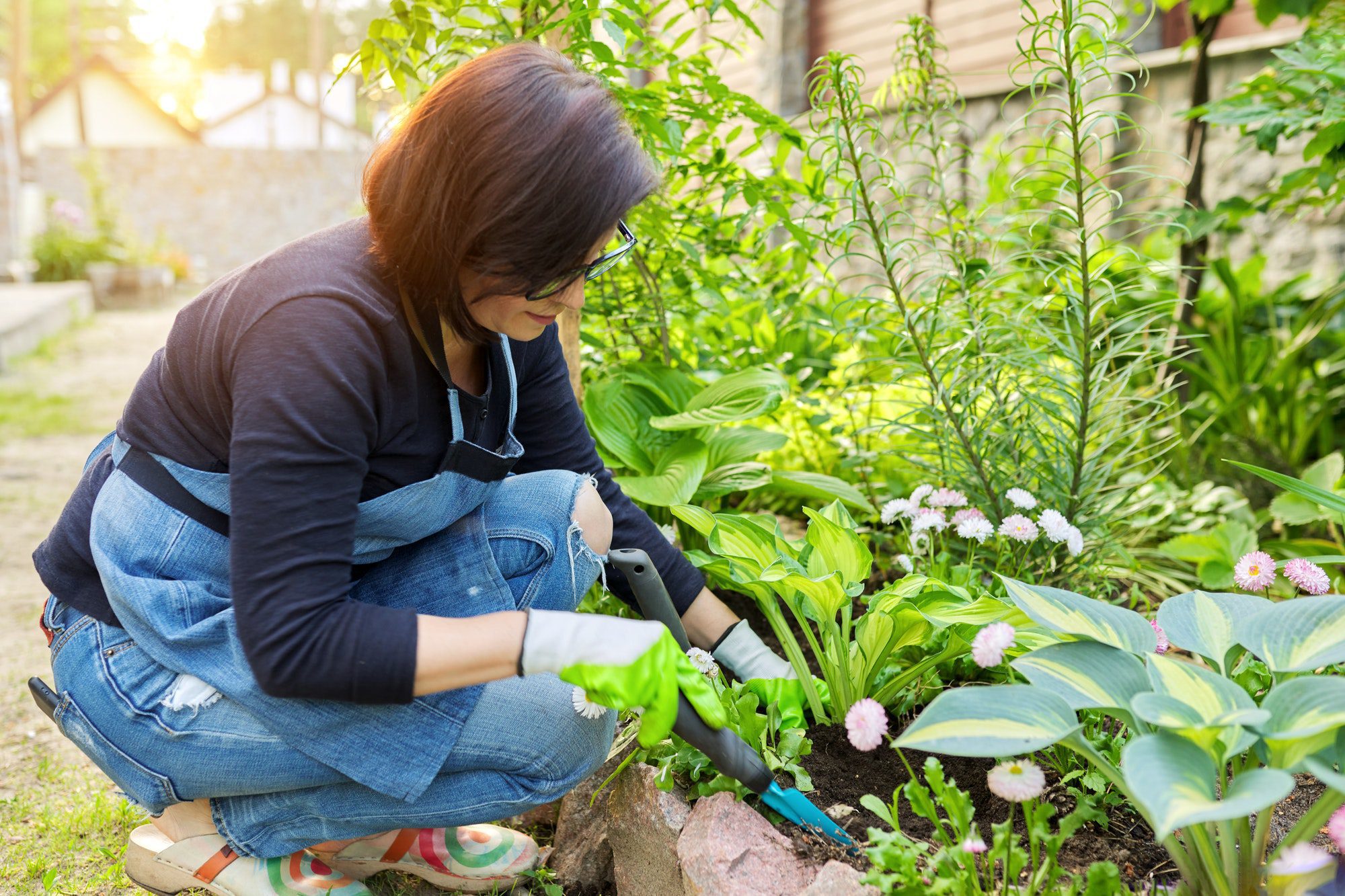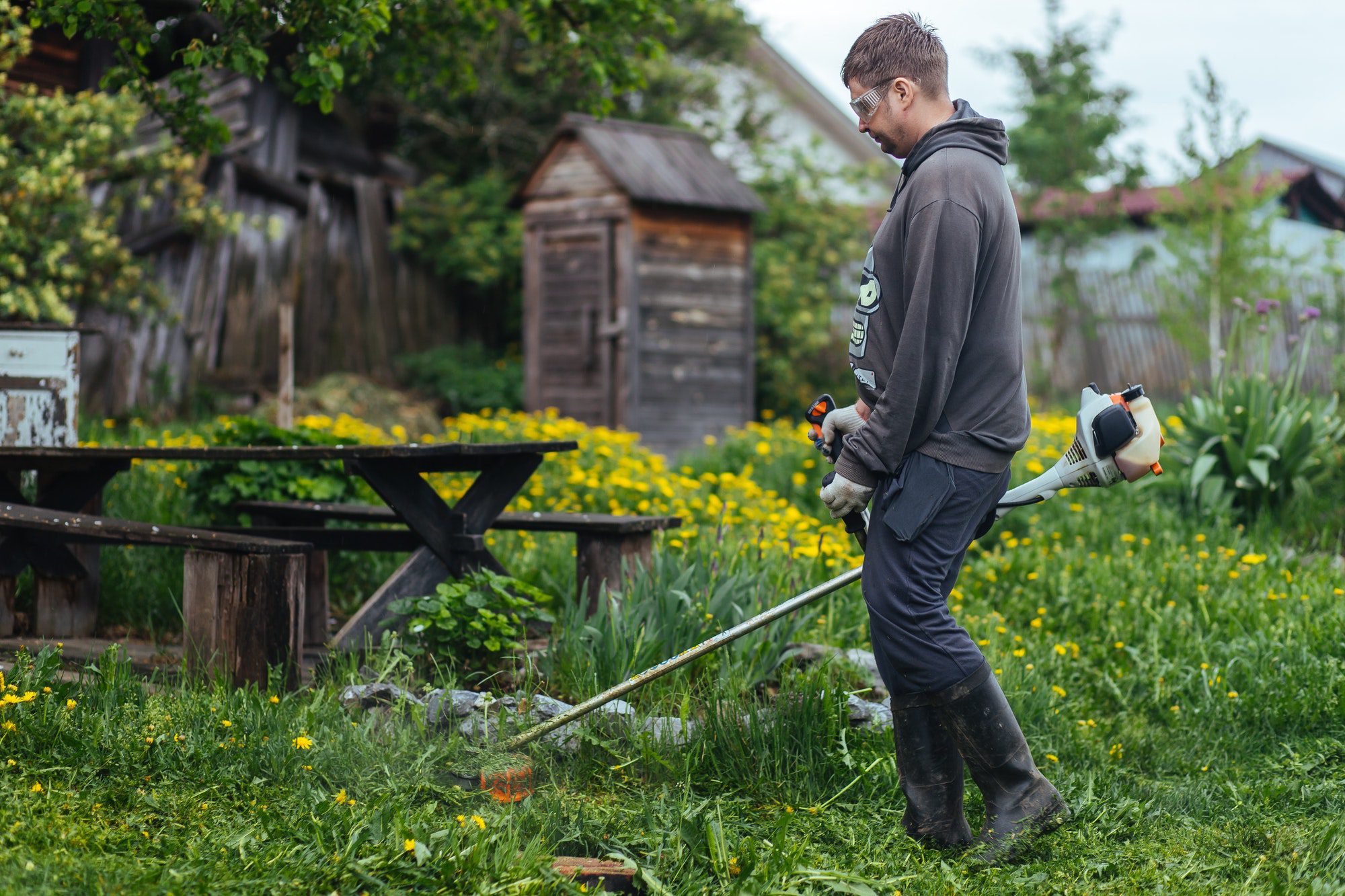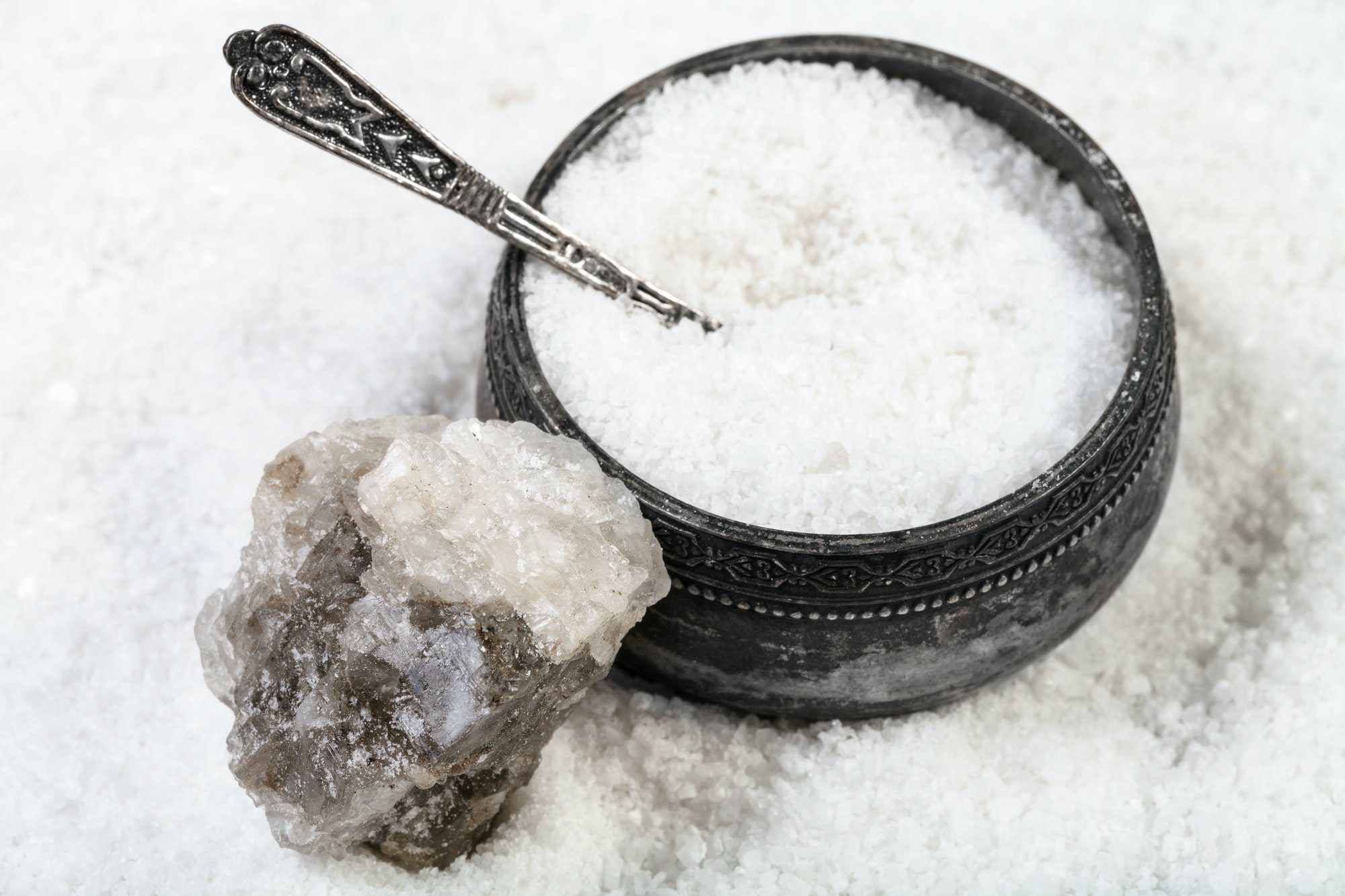Gardening is an excellent hobby. Aside from it is a great stress reliever, it also helps improve the looks of your yard. And if you plant some fruit-bearing trees and vegetables, you will have a good source of healthy food too. However, there is one enemy that you really need to watch out for – the weeds.
For sure, you wouldn’t want your garden to look ugly because there are weeds everywhere. Not to mention that they are stealing the nutrients that are supposed to be for your plants. Needless to say, you have to get rid of those wild grasses.
Below are some of the best ways in which you can eliminate those stubborn weeds in your garden:
Keep Small Gaps in Between Plants
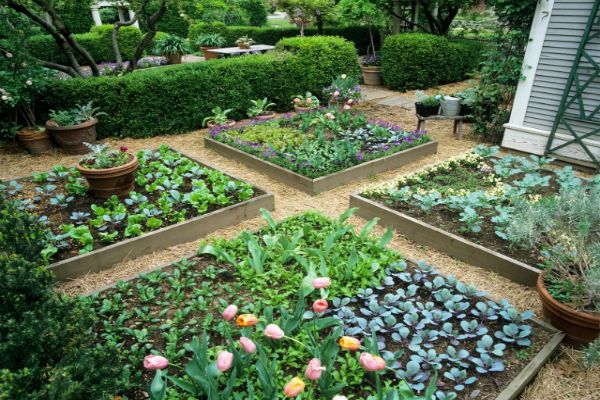
Just like any other plants in your yard, weeds and wild grasses also need some space so they can get enough sunlight and grow. But you should not give them the room. What you can do is to keep small gaps in between your plants, but be sure to leave enough space for them to expand to be able to fully grow.
Plants that grow too close together prevent air and water circulation in a garden. For this reason, make sure you keep your plants spaced out so water and nutrients can reach each plant individually. This will encourage healthy growth as well as make your garden look more attractive.
When there is not much space for wild grasses to germinate, they will be suffocated and die on their own.
Fertilize Your Lawn Accordingly

When you are fertilizing your garden, it is crucial that you know exactly what your plants need. The amount should not be too low as this will not sustain your garden’s needs. On the other hand, it should not be too high either because the excess will just go to the weeds and that will help them thrive and may even defeat the growth of your flowering plants and vegetables.
For you to be able to have a rough estimation of the fertilizer that your plants need, you have to familiarize yourself with the actual layout of your garden. Be sure to know the types of your plants as well.
Start Mulching
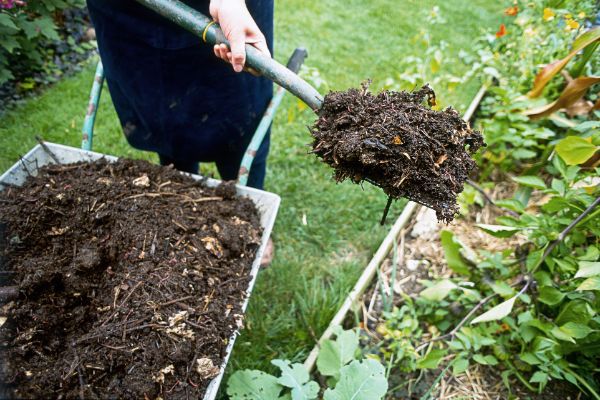
Mulching is a gardening technique that is quite beneficial for plants as long as it is properly executed. This practice involves covering the soil with “mulches”, which include dried or decaying leaves, wood chips or bark, and organic materials, just to mention a few.
The main purpose of mulching is to improve the condition of the soil while preserving its moisture. And most importantly, it hinders the growth of weeds. It deprives them of sunlight too.
Deny Them From Water
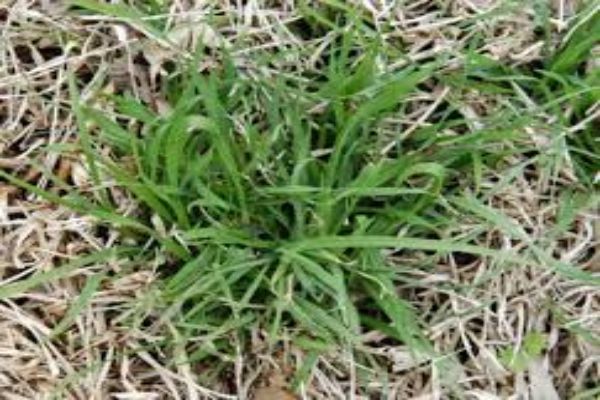
Weeds and wild grasses also require sunlight and water in order for them to grow. While mulching prevents them from getting any sunshine, you can also create drip irrigation so only your plants will get the water. When weeds are not watered, they will soon fade away.
Drip irrigation has many benefits, starting with the fact that it helps reduce water usage by up to 80% and conserves water. The installation of drip irrigation also allows you to easily add or subtract plants as your garden needs change, which keeps your plants healthy and thriving.
Utilize Weed Preventer Granules
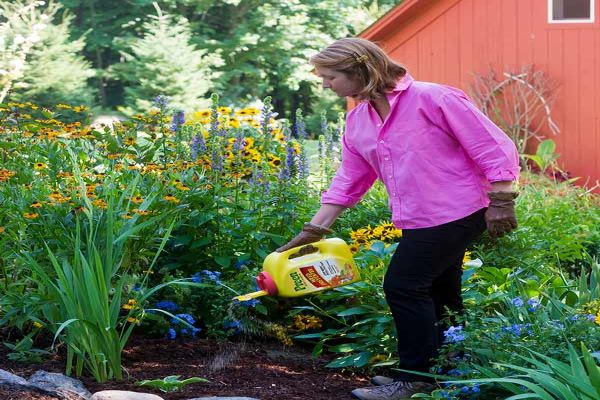
Another effective way to get rid of weeds is to use weed preventer granules. All you have to do is to apply them to your garden and that should prevent the growth of those unwanted greens. However, take note that this is only good for 2 to 3 months. You will have to reapply the chemical-based granules after that.
Weed preventer granules are easy to use, safe for pets, and less messy than other methods. They work by preventing weed seeds from germinating. Once the weed seed is broken down into a granular form, it is too small for the plant to break down. These granules won’t harm your lawn or garden, but they will help you remove weeds without using harmful chemicals on your home or garden.
Using Newspaper
Newspaper is one of the best ways to get rid of weeds in your garden because they can be spread over large areas without depending on chemicals or spreading material. Other effective methods include mulch, hay, and straw, plastic sheets and fabric, biodegradable plant barriers, or using a riding mower with a bagger attachment.
It is a great way to kill weeds and other ground-inhabiting plants in your garden. You can also use it to cover the dirt surface in order to prevent weed growth.
Corn Gluten Meal
It prevents seeds from becoming weeds. Spread the meal around established plants and after seedlings and transplants have set root in the soil since it will hinder germination. Spread the meal after harvesting to avoid late-season weeds.
If the application of corn gluten is timed appropriately, crabgrass seeds developing will generate branches but not roots, and hence will die, assuming a brief dry interval following seed germination. If circumstances are too moist soon after seed germination, however, the plant can rebound and form a root system.
Vinegar
Vinegar contains acetic acid, which can inhibit the germination process of weed seeds by causing them to harden and die. In the garden, this results in the death of up to 95% of weed seeds. This is because vinegar has a concentration of around 5%.
You can use vinegar as a fungicide, pesticide, or herbicide to kill off unwanted plants without harming the vegetation around them. This is a great solution for those who don’t have time to weed by hand and want an alternative.
Soap
One of the best ways to get rid of weeds in your garden is by using a soap solution. You will need a bucket with 8 ounces of water, 4 tablespoons of soap, and 2 tablespoons of liquid dish detergent. Mix these ingredients together well then add 1 to 2 inches of hot water. Pour this mixture into a spray bottle and spray your plants. This will kill both the weeds and any unwanted insects around them as well as reduce any unsightly patches on your lawn.
You can use the oil in soap to help stop weeds from growing. There are a few different ways you can go about this. One way is to cut out the bottom of an old soap container and fill it with water, vinegar, and dish-washing liquid. Use this mixture to soak your weed patches.
Mulching
Mulch is a good way to stop weeds in your garden. It creates a barrier between the ground and the plant roots, preventing them from spreading. This is especially helpful if you have plants that tend to spread or grow quickly, like mosses and ivy. You can use mulch to cover existing weeds or as a weed barrier around your garden beds.
Mulch is a great way to prevent weeds from sprouting because it inhibits their need for oxygen. Instead, the mulch will draw up the nutrients that they need and then return them back into the soil. It is lightweight, easy to transport, and creates a barrier between the soil and weed roots. Just be sure not to use too much mulch so that it doesn’t smother the grass or flowers.
Hand Weeding
Weeding by hand is still a highly effective and safe way to rid your garden of unwanted plants. Some weeds are simple for the gardener to spot and remove, while others will require some careful observation. It is important that you know what plants are edible in your region so that you can weed them properly, as well as avoid dangerous plants that could make you sick.
Sometimes, the best way to get rid of weeds in your garden is just by hand. That’s right – this may be one of the most time-consuming methods, but it is also the least expensive. Weeding by hand is a great way to get rid of weeds without using chemicals. You can either pull the weeds by hand or dig them up with your hands.
Solarizing
Solarizing is a term that means using the sun’s energy to kill weeds. This method uses heat and radiation from the sun to dry out the weeds so they die and dry out in the process. In order to solarize your garden, make a plan as to what area you want to cover with solarization.
Make sure you put something over each section of the garden that will protect it from the sun for a short time (a tarp or plastic sheeting). Once you have made your plan, set up your materials by placing tarps in areas where you want solarization and then lay down black plastic sheeting everywhere else. Then all you need to do is keep an eye on things, remembering that it can take two weeks for the weeds to die.
Using Barriers
There are many ways to get rid of weeds in your garden. Barriers such as fences, stones, and mulch are good methods for keeping the weed population in check. Another great method is to use a hoe to break up the soil around the plant roots. When you’re done with these methods, there’s one more thing that you can do – pull out the weed by its roots!
Using barriers can be a key to getting rid of unwanted plants. This includes fences, hedges, and natural barriers like the ground or rocks. If you’re using a barrier, make sure it’s open on one side only so that your plants will have access to air and water.
Using Other Plants
Some plants are really effective at suppressing weeds. For example, marigolds and nasturtiums can keep the weeds away with their pest repelling properties. However, these plants should not be used in large quantities to avoid causing other problems. When using other plants, it is important that they have an effect on the weeds without damaging your garden.
One of the best ways to get rid of weeds in your garden is to use plants that repel them. Some plants are more effective than others, but you can use most plants to keep the weeds at bay. Plant strong blooms that are toxic to the weeds and tall plants that block their view.
Mow The Weeds
If you are struggling with weeds in your garden, the best bet is to mow them down. You’ll want to make sure that you’re using a medium-to-heavy duty trimmer for this if you don’t have one. You can also invest in a weed-wacker if you have larger areas of weed to clear out.
Mowing with a lawnmower will not only help kill weeds directly but also remove them from the soil below. When you allow the leaves and roots to remain, they will continue to grow back. Many people have different opinions on how often they should mow their garden, but the general consensus is to mow it once a week.
Using Rock Salt
Rock salt can be used as an effective herbicide for weeds in your garden. It can even kill weeds that are resistant to glyphosate. The best thing about using rock salt is that it is not harmful to non-target plants, animals, or the environment. Rock salt may also improve the soil structure by removing the top layer of earth and exposing the nutrient rich subsurface layers.
It doesn’t matter how big or small your garden is, you’ll be able to use this method. The salt corrodes the cell walls in the leaves of the weed that breaks them down and causes them to die. To use this type of salt for weeding purposes, scatter it around the weeds. If you have a lawn, sprinkling the salt on top of the grass will help kill them from below.
Final Thoughts
There are several ways to try and get rid of weeds in your garden, but the most important step is to know what kind of weed it is. Once you figure out which one it is, there are a few different methods you can use, such as digging them up by hand or using herbicides.
In conclusion, you should implement all of these steps to ensure the health of your garden. The best time to perform these tasks is in spring or fall when the weeds aren’t so dense.

